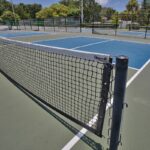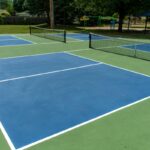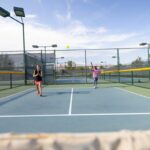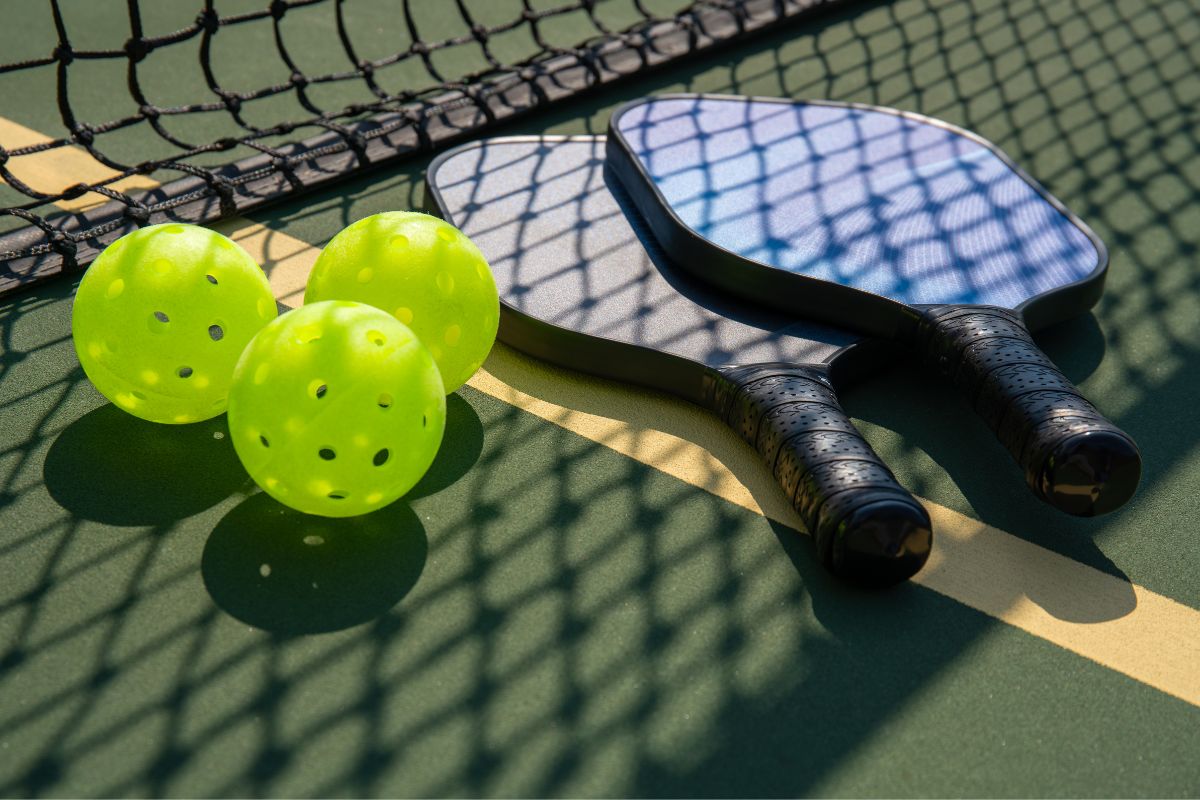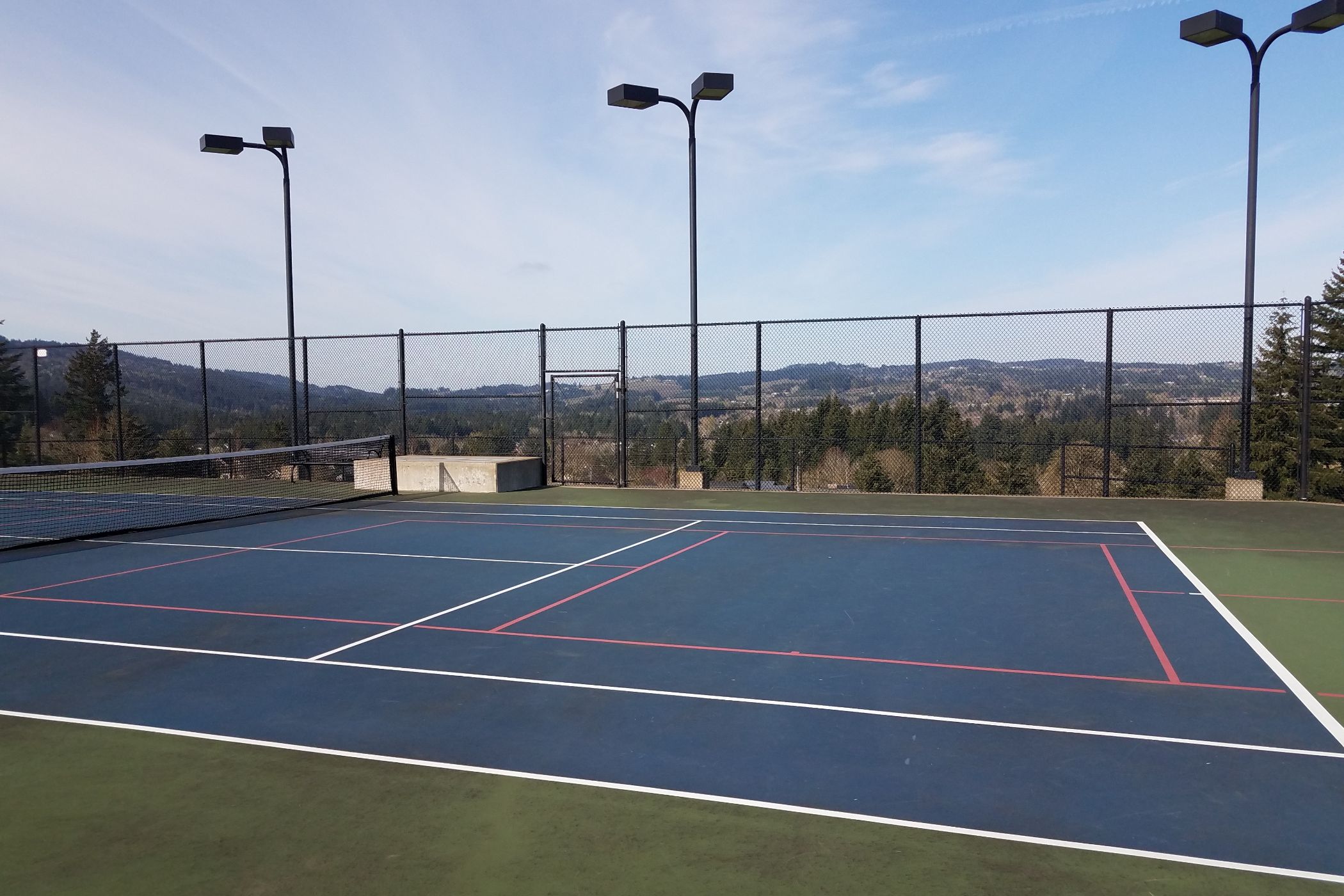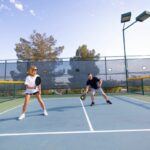It’s understandable that pickleball is commonly compared with tennis, after all, both follow fairly similar rules, share similar techniques, and both are considered paddle or racket sports that can be played either one-on-one or with four players on a court.
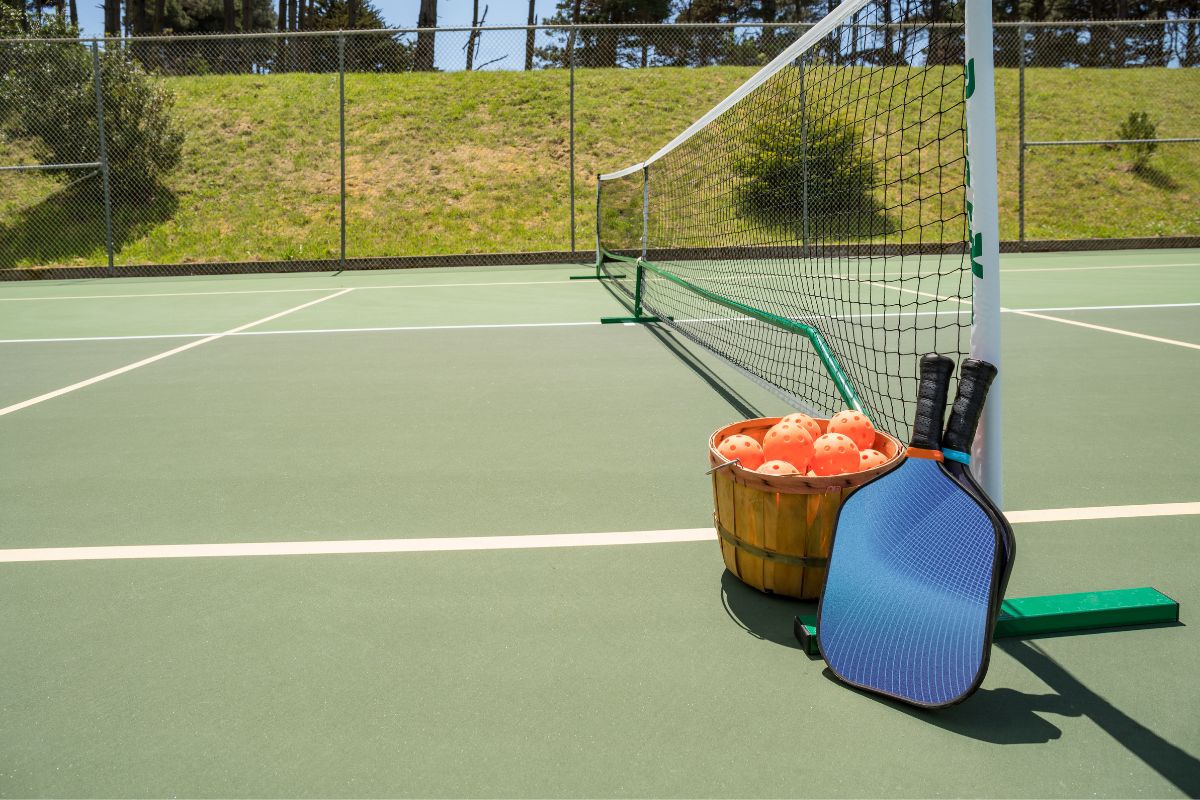
While there are undoubtedly similarities, there are also some major differences between pickleball and tennis that can make the learning experience for each much different and slightly more difficult for one than the other.
With that being said, whether you’re a tennis player who has picked up an interest in pickleball, or if you’re just wondering which of the two sports is easier to get the hang of in case you decide to try one out in the future, here is everything you need to know about which is easier, pickleball or tennis.
Key Differences Between Pickleball And Tennis
Before looking at the difficulty of these two sports and which one is simpler to get to grips with, there are a few key differences between them that can massively impact how difficult one is to play over the other.
One of the biggest differences between the two is in the serving. Not only is there no double fault in pickleball, with a player expected to hit the ball on their first attempt, but overhead serving is also not allowed in pickleball, unlike tennis.
Another big change is in the equipment.
While tennis players will use rackets to hit the ball, pickleball players will instead use the much smaller and much wider paddles which have a rectangular shape and are designed not to compress when making contact with the ball, making them a lot sturdier and more firm than a tennis racket.
The balls are also much different.
While tennis uses fairly weighty tennis balls which require a good amount of power to hit with any accuracy, the balls used in pickleball are much lighter since they are made from plastic.
The final biggest difference is the size of the court. Pickleball courts are a lot smaller than tennis courts and more closely resemble badminton courts, with the standard size being just 20 by 44 feet.
Why Pickleball Is Easier Than Tennis?
If you ask most players of either one of these sports, most of them will agree that a lot of these key differences make pickleball a much easier sport to play, despite it still taking a tremendous amount of practice to fully master.
Here are some of the biggest ways these differences make pickleball a lot easier to play:
Less Movement
Because a standard pickleball court is less than half the size of a doubles tennis court, this means players will have a lot less space to move around in, which tends to make rallies occur far more often and last much longer.
This is also paired with the fact that, unlike tennis courts, pickleball courts have a “non-volley zone” restricting the space surrounding the net, giving players even less room to maneuver in which makes it much easier to reach and lunge for balls as opposed to tennis where the far-stretching shots can be much harder to manage, often making rallies much shorter.
Strain On The Body
In order for someone to improve their game in tennis, they will need to adjust their stance according to how the game is going and the type of shot they are expecting, which can mean a lot of the time, tennis players are bending down for most of the game which can end up putting tremendous pain on the lower back.
While positioning is still important in pickleball, players are allowed to feel a lot more loose and free in their movement which means you won’t need to maintain a strong posture as much as you would in tennis.
In fact, the most commonly reported injury picked up by pickleball players is Achilles strains or tears which is usually a result of simply playing too much, rather than an injury caused in-game itself.
Longer Rackets
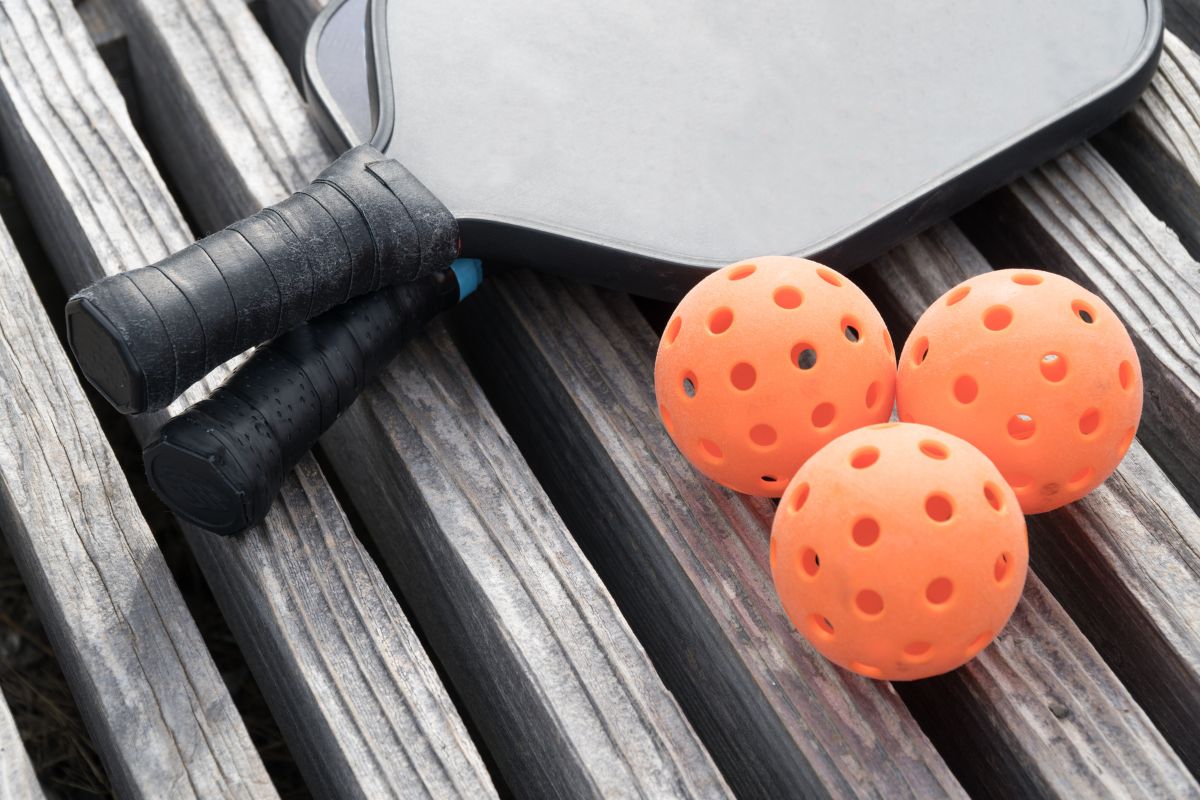
Because rackets are so much bigger and heavier than pickleball paddles, this also makes it a lot harder to measure how much power you’re using to strike the ball, which can easily cause the ball to overextend or come too short from where you wanted it to land.
Paddles are much smaller and therefore, far easier to guide around with your arm without any weight drawing you back and restricting your movement.
The face of the paddle being closer to the hand than a racket also makes it far easier to judge the distance between your shoulder and the ball so you can extend your arm more precisely, allowing you to hit the ball just how you want to.
Non-Volley Zone
The non-volley zone, also referred to as the “kitchen”, is the space near the net in pickleball which extends 7 feet away from each side, and is designed to prevent people from volleying the ball too close to the net.
These types of strikes, commonly referred to as a “smash”, are incredibly hard to see coming and near impossible to return.
Imagine how difficult it is to anticipate a tennis volley when the player is right next to the net, now imagine this on the much smaller pickleball court where the speed of the ball can easily shoot past you, giving you no time to react.
While these lucky shots are hard to manage in tennis, the non-volley zone luckily makes them illegal in pickleball, making for much more exciting rallies that won’t end with a sudden shot from the net.
Summary
While they are very similar in playstyle, it is primarily the difference in the court size (Check out How Much Space Is Needed Around A Pickleball Court?) and the equipment used that makes pickleball a much easier game to play and get to grips with than tennis.
The fluid nature of pickleball also tends to put much less strain on a player’s body, making games go on for much longer and allowing you to practice without worrying about any aches when you wake up in the morning.
- What Kind Of Ball Is Used In Pickleball? - July 13, 2023
- How Much Does It Cost To Build A Pickleball Court? - July 11, 2023
- When Do New Pickleball Rules Take Effect? - July 8, 2023

